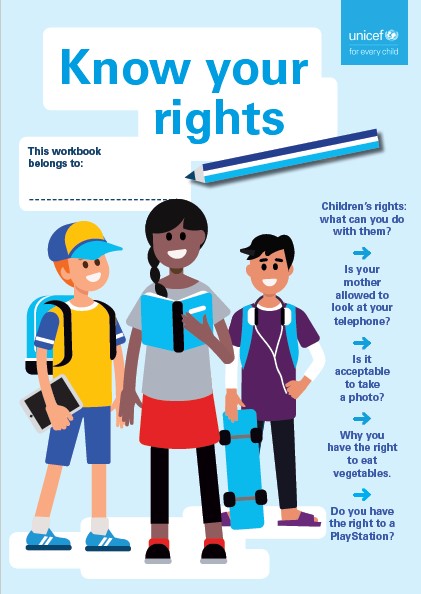Best News To Picking Italian Kindergarten Teaching Didactics
Wiki Article
What Is The Educational And Informational Content That Schools In Primary And Secondary Require?
The primary and kindergarten classes typically require a range of information and educational resources to help support the development and learning of their students. Some materials may be needed for curriculum materials - These are materials created to aid and support the learning goals outlined in the school's curriculum. These may include textbooks, workbooks, lesson plans, and other resources.
Classroom supplies – Classroom supplies like paper and pencils as well as scissors, glue, as well as other art materials are vital to help children complete their assignments and activities.
Educational technology - In this digital age, technology for education like tablets and computers can give students additional resources and enhance their learning.
Books- The primary and kindergarten classrooms require a broad selection of age-appropriate literature to help children learn and encourage development of the language.
Use puzzles, blocks or games to help your child develop their spatial awareness.
Visual aids: Visual aids such as posters, charts, and maps can help youngsters to understand and retain important concepts.
Music and art materials- Materials for art and music like paints, instruments and clay can provide children with an outlet for creativity and help them express themselves.
Safety equipment - Safety items such as emergency kits for first aid, fire extinguishers, and emergency plans posters are important to protect the safety and well-being of staff and students.
To create a safe, stimulating environment for learning in kindergartens and primary school students, they need to have a variety education and informational resources. Have a look at the recommended sostegno scuola primaria for site advice.

What English didactic materials are appropriate for Italian nurseries?
English didactic cards could be a great way for introducing the English language to infants at Italian nurseries. Here are some types of English didactic cards that might be recommended: Alphabet cards These cards assist children in learning the English alphabet as well as the sounds associated with every letter. They can feature illustrations of objects or animals that begin with each letter to make learning more enjoyable.
Vocabulary Book: Vocabulary books can be used to aid children in understanding the meaning behind words in English. The cards are illustrated with pictures or pictures of objects, animals, and people with the English word underneath.
Sight word cards: These cards assist children learn common English words frequently used in both written and spoken language. The cards could be simple sentences or phrases with the corresponding sight word highlighted.
Phonics cards can be a fantastic method to teach youngsters the connection between English sounds and letters. These cards may include images of words or objects, as well as phonetic sounds.
Conversation cards are an excellent way to help children improve their English language abilities by interacting with their parents or other children. The cards could be simple, with prompts or questions which encourage children to share their thoughts.
It is essential to choose English educational cards that are age-appropriate and enjoyable for children of all ages. Teachers and parents can utilize these cards to design engaging and fun English activities for children that encourage children's curiosity and enthusiasm for learning. Read the top rated schede didattiche inglese sostegno for blog recommendations.

What Support Is Required For The Science Curriculum In Italian Preschools?
It is essential to support the use of science-based products in Italian nurseries so that children can explore and explore their surroundings. Here are some examples where science teaching materials may be required curriculum and lesson plans: A well-designed lesson plan and curriculum that incorporates scientific concepts can ensure that children are exposed to and understand a variety of scientific concepts.
Visual aids and manipulatives: Posters, charts, nature specimens, magnifying glass kits and more can be used to aid children in understanding scientific concepts through the use of tactile and visual aids.
Videos and Books: Books and videos that focus on science topics like animals and plants, weather and space are a great way to kids learn and can provide additional sources for learning.
Learning spaces for children outdoors. Children can play in the natural surroundings through playgrounds, gardens, as well as other outdoor learning spaces.
Participation of parents in science learning can help reinforce the concepts taught in the nursery classroom and encourage family engagement in learning.
Assessment tools. These tools assist teachers and parents monitor the development of their children and determine areas that require additional attention.
It is vital that teaching materials can be used by children of all age groups. These materials can be used by teachers and parents to create fun, engaging science projects that foster children's interest in learning and curiosity. Read the best sostegno scienze for blog examples.

What Teaching Resources For Geography Do Italian Nurseries Need?
Italian nurseries are able provide children with geography education materials that aid them in developing a greater knowledge of the world around them and also teach them about other cultures and environments. Here are a few examples of geography materials that could be needed: Maps. They can assist children comprehend the geographical and geographic features of various regions and nations, as well the location of landmarks that are natural.
Globes are an excellent method to let kids see the Earth's surface. They also help them learn about continents and oceans.
Pictures and videos. Videos and photos of various cultures, locations and people can help teach children a lot about the world.
Books Age-appropriate books and that feature different cultures and locations that are from all over the world encourage children to develop a curiosity for geography.
Natural materials, including shells, plants and stones are a great way to educate children about different ecosystems and environments.
Field trips. Field trips can be an ideal method to provide your children with real-world experiences as well as an opportunity to teach them about geography.
It is essential to choose geo-related materials that are both culturally and age-appropriate. These materials can help parents and teachers create interesting and engaging geography activities for children that encourage their curiosity and passion for discovering more about the world.
